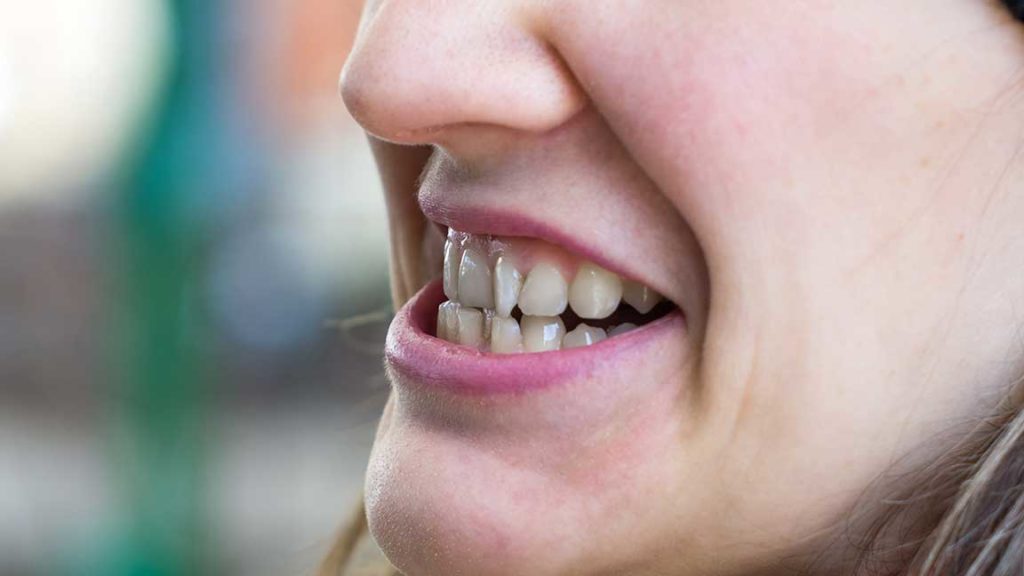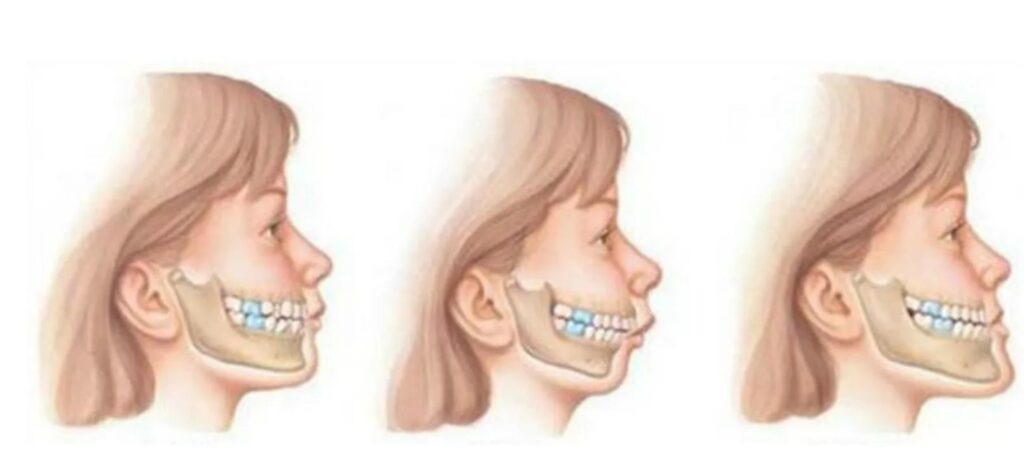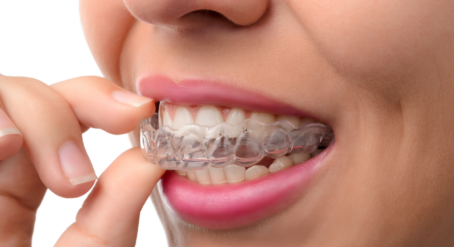Unless you hang around with orthodontists, ‘malocclusion’ is probably not a term you are very familiar with. But the four syllable, twelve letter word isn’t as scary as it looks. In fact, the definition is really quite simple.
A malocclusion is when your teeth do not meet correctly when you bite together… Ideally, your upper teeth should fit slightly over your lower teeth and your molars should fit in the grooves of the opposite molar. However, there are many deviations to this alignment, which are collectively known as malocclusions.
In severe cases, malocclusion can have many negative effects on your oral health and wellbeing including excessive tooth wear, jaw joint pain, gum recession and even headaches. So, if you have any concerns, it’s best to book a consultation with a specialist orthodontist who will examine your bite and provide the best advice for you and your smile.
What are the symptoms of a malocclusion?
Many people are born with an imperfect bite. And as such, symptoms can range from subtle to severe.
Some symptoms of malocclusion include:
- Abnormal alignment of teeth
- Abnormal wear of your teeth
- Alteration of facial structure
- Frequent biting of the inner cheeks or tongue
- Difficulty chewing or biting
- Speech difficulties, including the development of a lisp
- Breathing through your mouth, rather than your nose.

What causes malocclusion?
There are a number of factors that can cause malocclusions, however the condition is usually inherited which means it is passed on from generation to generation. This cannot be prevented. There are some conditions or habits that may change the shape and structure of the jaw and increase the likelihood of malocclusion.
These include:
- Frequent use of a dummy after the age of 3
- Thumb sucking
- Injuries that results in a misaligned jaw
- Abnormally shaped or impacted teeth
- Bruxism or grinding of the teeth
How to prevent malocclusions
As they can be caused by a mixture of genetics and habits, it may be impossible to prevent a malocclusion from forming. However, you can take steps to prevent tooth loss and to limit the effect of habits which can lead to a malocclusion, including:
- Limiting the use of a dummy or thumb sucking at an early age
- Wearing a mouth guard when playing sport
- Maintaining good hygiene habits from a young age
- Regular visits to your dentist for cleanings and check ups
- Visiting an orthodontist if premature tooth loss does occur so a plan can be put in place to protect the rest of the teeth and their positions
What are the different types of malocclusions?
Malocclusions are typically classified into three major groups:
Class 1
Class I malocclusions occur when the upper and lower jaws are in their proper position, but overcrowding or excessive spacing are causing issues.
Class 2
Class II malocclusions occur when the upper teeth are positioned too far ahead of the lower teeth. Depending on whether there is a vertical or horizontal protrusion, this form of malocclusion is commonly referred to as either an overbite or overjet. Almost always it is the retrusive lower jaw that is causing this type of malocclusion.
Class 3
Class III malocclusions occur when the lower teeth are too far forward, often overlapping with the upper front teeth. This is commonly referred to as an underbite. A protrusive lower jaw or a retrusive upper jaw can be the cause.

Can malocclusions cause headaches?
A severely misaligned jaw can lean to stress and pain in the teeth and jaw leading to headaches, particularly if your malocclusion was caused by Bruxism, or grinding of the teeth. Even an uneven bite can put enough pressure on your TMJ (temporomandibular – the joint that acts as the hinge for your jaw) to lead to chronic headaches, which is why properly aligning the jaw and straightening the teeth need to go hand in hand.
How are malocclusions treated?
Some people with mild malocclusion will not require any treatment. However, if your malocclusion is moderate to severe, your orthodontist may recommend braces to correct the position of your teeth and avoid potential pain, discomfort, and oral complications.
Use our FinderTool tool to find a specialist orthodontist near you to assess your malocclusion and provide specialist advice to ensure the health of your smile is in the hands of an expert.











Hi, I have previously had braces however my top part of my jaw goes to the left and my bottom to the right so my teeth do not have a central line. Is there anything I can do? I am 21 years old. Thanks, Lilly
Hi Lilly,
An orthodontist will want to see your mouth and your x-rays to provide you with more information about your case or your options. While aesthetics are often important to us as patients, they don’t paint the whole picture and your bite and jaw alignment will also need to be considered before making a recommendation.
You can use our Finder Tool to search for an orthodontist near you.
Thanks!